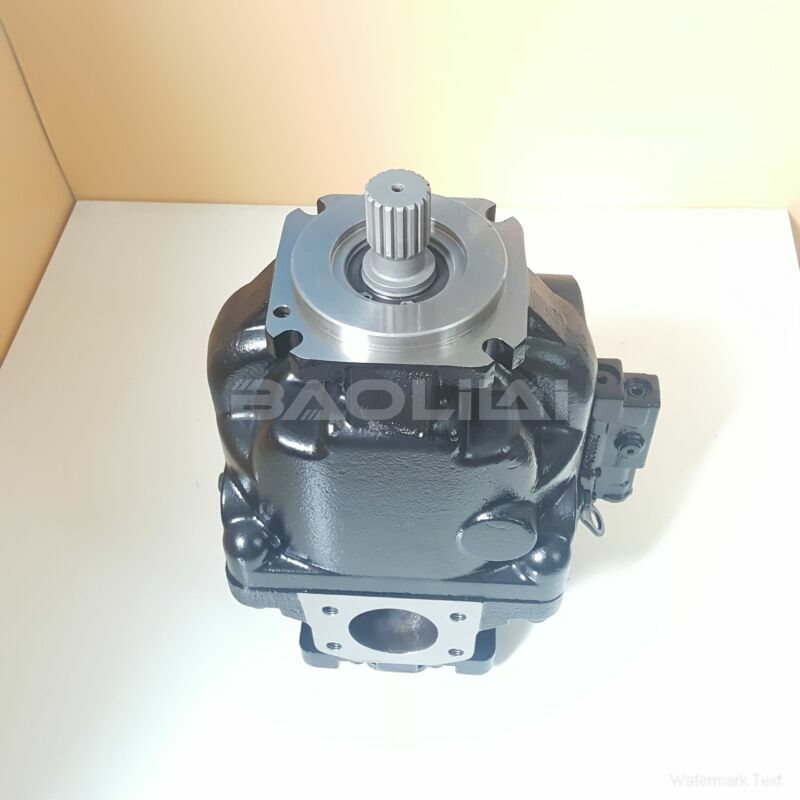ERR100BLS1520NNN3S1LPA1NNNNNNNNNN hydraulic oil pump
ERR100BLS1520NNN3S1LPA1NNNNNNNNNN hydraulic oil pump

- Product Details
- Applicable Scene
Fluid transfer is a critical process in pharmaceutical manufacturing, where precision, efficiency, and reliability are paramount. One of the key components that enhances this process is the hydraulic pump. These pumps offer a multitude of benefits that not only streamline operations but also ensure product quality and compliance with regulatory standards.
ER-R-100B-LS-15-20-NN-N-3-S1LP-A1N-NNN-NNN-NNN
ERR100BLS1520NNN3S1LPA1NNNNNNNNNN
Firstly, hydraulic pumps are renowned for their ability to handle high pressures, making them ideal for transferring viscous fluids and concentrated solutions, which are commonly used in the pharmaceutical industry. The high-pressure capability allows for efficient fluid movement through complex piping systems without the need for excessive force or energy input. This efficiency not only reduces operational costs but also minimizes wear and tear on equipment, leading to lower maintenance expenses.

83020896
Moreover, hydraulic pumps provide exceptional control over fluid flow rates. Their design allows for precise adjustment of flow, which is critical in pharmaceutical manufacturing where dosage accuracy is crucial. By maintaining consistent flow rates, manufacturers can ensure that active pharmaceutical ingredients are uniformly distributed, resulting in higher product quality and efficacy. This level of control also helps in meeting stringent regulatory requirements, as manufacturers can provide documentation demonstrating precise fluid management throughout the production process.
Another significant benefit of hydraulic pumps is their ability to handle a variety of fluids, including corrosive and abrasive substances. Pharmaceutical operations often involve multiple fluids, ranging from solvents to active compounds, each with unique properties. Hydraulic pumps can be designed with materials that resist corrosion and wear, ensuring longevity and reliability of the equipment. This versatility reduces the need for multiple pumping systems, leading to simplified operations and decreased capital investment.





